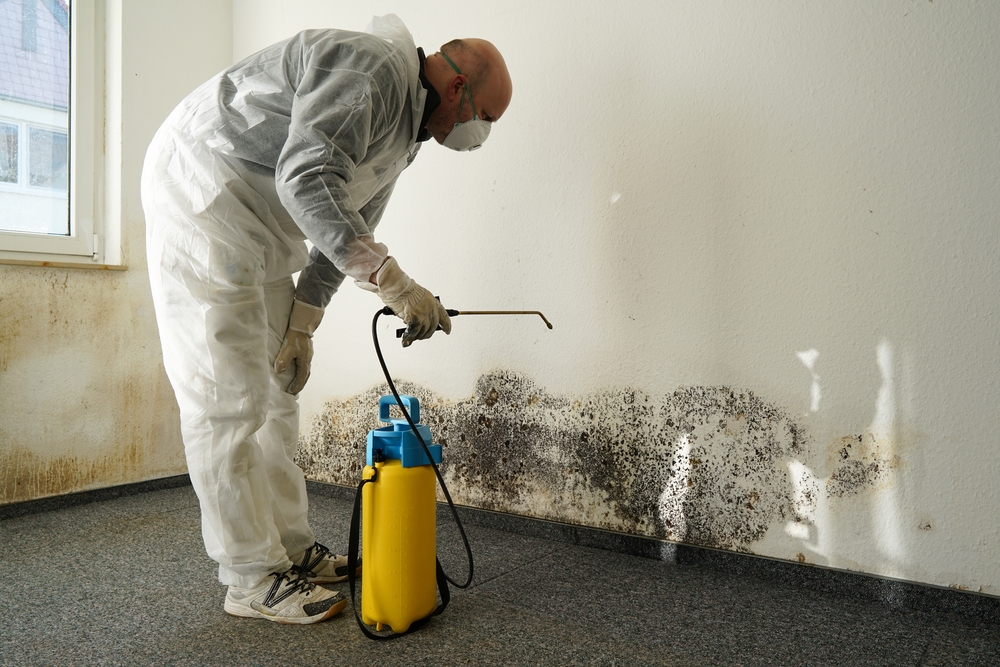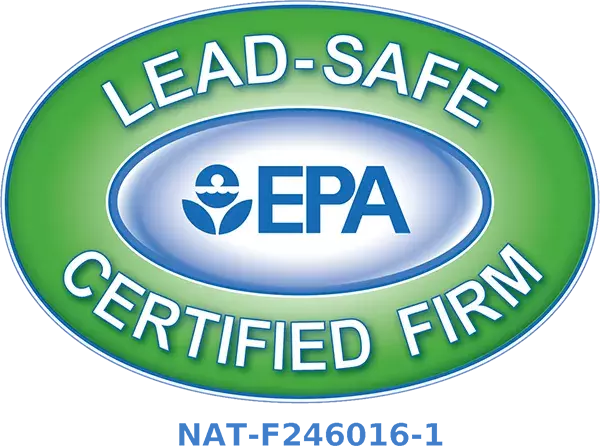If your house has recently been flooded, it’s important to ask yourself: when is mold remediation required?
Mold spores start to colonize within 24-48 hours of moisture exposure. As long as the moisture levels remain high indoors, you can expect the mold to grow at a staggering pace. If the problem gets out of hand, you may notice a strong, musty odor lingering around the affected areas.
When it comes to mold remediation, time is critical. Read on to understand what is involved with mold remediation, how exactly you can prevent mold growth, and when it might be time to call mold remediation specialists.
How to Prevent Mold Growth After Flooding?
Taking preventive measures as quickly as possible can help avert any debilitating health hazards resulting from mold exposure. Here are seven tips for mold removal after a flooding episode.
1. Turn Off the Electricity
Double-check to ensure the power is entirely off before you step into the flooded area. Stop the breaker and the power meter from running – if the power meter continues to run, it’s best to seek the assistance of a professional.
2. Pump Out the Water
If your basement is submerged in water, it’s best to remove the water before it’s too late. Use a submersible pump to pump the bulk of the water out.
3. Invest in a Vacuum Designed for Wet Vacuuming
A wet vacuuming system sucks up any standing water left after pumping. Make sure you remove the vacuum’s filter before you start the process.
4. Be Thorough with Mopping and Drying
To avoid a mold problem, it’s essential to keep everything as dry as possible. Mop and pat dry every affected surface using a microfiber cloth.
5. Install Dehumidifiers
Mold removal is all about controlling the moisture in the air. Using a dehumidifier will ensure the humidity indoors drops below 50%. It’s not recommended to use a fan following water damage. Fans or other air-moving equipment may trigger mold growth.
6. Act Fast
Remember, mold spores can multiply within 24-48 hours. Make sure you keep the cleaning speed (and efficiency) in mind during your mold remediation process.
7. Double-Check by Hiring a Licensed Mold Assessor
Mold growth is tricky to deal with. You might think you’ve completed the process. But there are high chances the mold might continue growing unseen in the background, which might trigger a new and more significant wave of mold growth if left unattended. Don’t wait to hire a licensed mold assessor after your cleaning process. This will ensure that mold is not still lingering in your home.
DIY Mold Remediation vs. Hiring a Professional
Considering the complex nature of mold cleanup, it’s usually best to leave the matter to the professionals. However, here’s a quick look at both mold cleaning methods.
DIY Mold Remediation
If the mold has only occupied less than 10 square feet, the EPA gives the green signal to tackle the task yourself. If you decide to perform DIY mold remediation, first arm yourself with protective gear – including eye protection, an N95 respirator mask, and gloves. You can either use regular detergent and water combination or invest in a mold remover to clean the surface entirely.
Professional Mold Cleaners
If the mold spreads beyond 10 square feet or if you can’t find the mold source, it might be time to call a professional mold remediation company. Growing or inconspicuous mold infestation signals a critical issue: the mold problem runs deeper than you realize.
Mold remediation specialists like J&R Restoration are trained to detect subtle clues of massive mold colonies. Their expertise helps them find the exact moisture sources, and they come armed with professional gear to curb any mold problem in the house.
Are you looking for mold remediation near you? As leaders in the cleanup and restoration industry, J&R Restoration comes with years of expertise to put an end to every mold issue.


